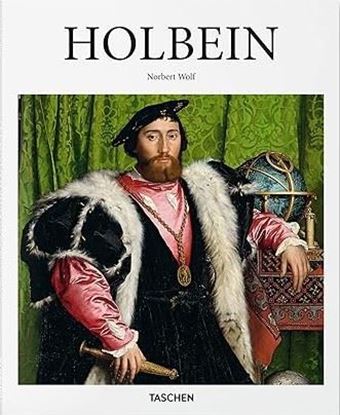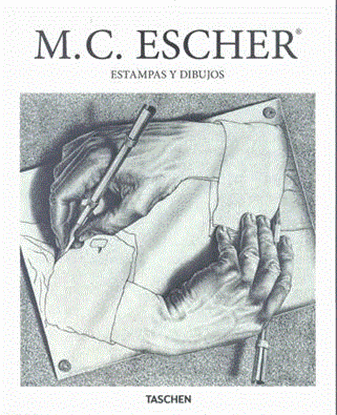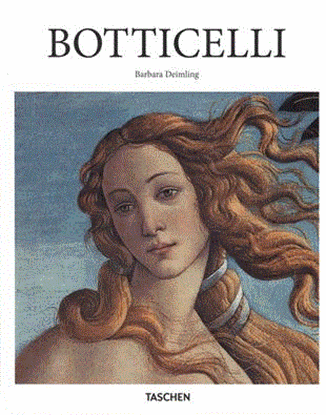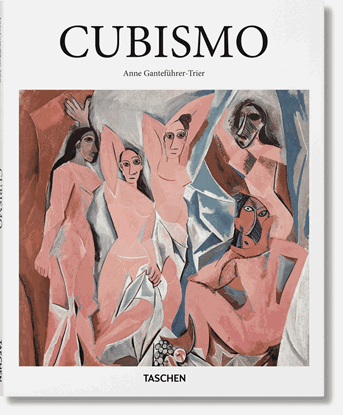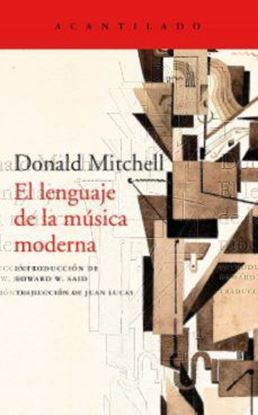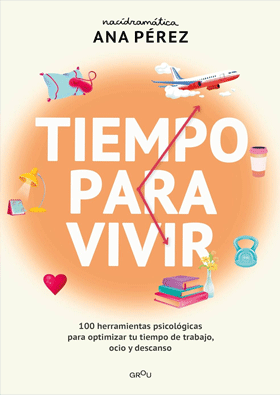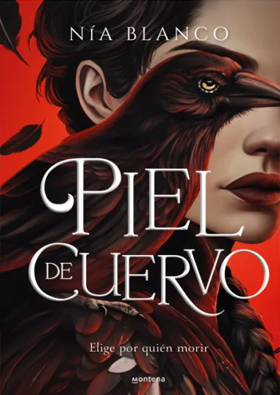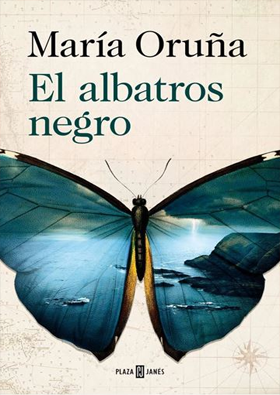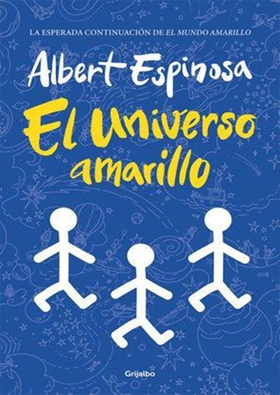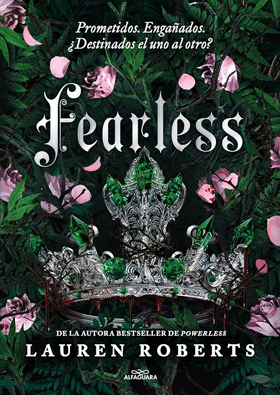

HOLBEIN (BA-ART) (GB)
This book brings together key Holbein paintings to explore his illustrious and international career as well as the courtly drama and radical religious change that informed his work. With rich illustration, we survey the masterful draftsmanship and almost supernatural ability to control details, from the textures of luxurious clothing to the ornament of a room, that secured Holbein’s place as one of the greatest portraitists in Western art history.
1,250
1,000
LUZ Y SOMBRAS
Presentamos íntegras por primera vez las anotaciones del diario del gran cronista Victor Klemperer sobre sus experiencias cinematográficas en los inicios de la era del cine sonoro. Desde el principio, el cinefilo es testigo de cómo la innovación tecnica se abre paso en la Alemania de 1929, y aunque inicialmente fue crítico con las películas sonoras, pronto cayó rendido ante las posibilidades de este nuevo formato. No era raro que viera varios filmes por semana. Sin embargo, los nacionalsocialistas se fueron apoderando del medio, y Klemperer acabará por quedar excluido de las salas de cine cuando en 1938 se prohíbe la entrada a los 'no arios'. Afortunadamente, ni siquiera eso pudo mantenerlo alejado de su gran pasión. Obligado a una existencia en la sombra, Klemperer experimentó momentos de luz ante la gran pantalla: 'Tanta música, humor, arte interpretativo y todo.
1,250
1,000
ESCHER (BA-ART)
Con sus escaleras imposibles o sus mosaicos hechos de pájaros, el artista holandés M.C. Escher (1898-1972) creó un lenguaje gráfico único de rompecabezas, patrones singulares y pautas matemáticas. Denso, complejo y construido sobre principios intrincados, su trabajo, decorativo y lúdico y al mismo tiempo, juego continuamente con las ilusiones ópticas y las limitaciones de la percepción sensorial. Para matemáticas y científicos, Escher fue un genio. Para los hippies, un pionero del arte psicodélico. Este libro introductorio se adentra en la brillante mente de Escher a través de sus obras clave, fruto de su continua investigación acerca de la imagen y la percepción. En el camino esperan peces mutando en pájaros, lagartijas que parecen escaparse de la página, reflexiones magistrales, laberintos infinitos y algunas de las imágenes más alucinantes del arte del siglo XX.
1,250
1,000
EL LENGUAJE DE LA MUSICA MODERNA
En este extraordinario ensayo publicado originalmente en 1963, Donald Mitchell examina con gran perspicacia y sensibilidad los valores filosóficos y estéticos que determinaron el lenguaje de la música del siglo xx. Para ello se centra en las figuras de Schoenberg y Stravinski, representantes de dos estilos genuinamente modernos y de una nueva sensibilidad. Mediante la rigurosa aplicación de técnica y construcción formal, ambos compositores dotaron a la música de nuevos vocabularios y transformaron las convenciones de escucha y composición para siempre. Dado el carácter multidisciplinar de este ensayo, los años lo han elevado al estatus de clásico no sólo en el campo de la musicología, sino también de los estudios culturales.
1,250
1,000

